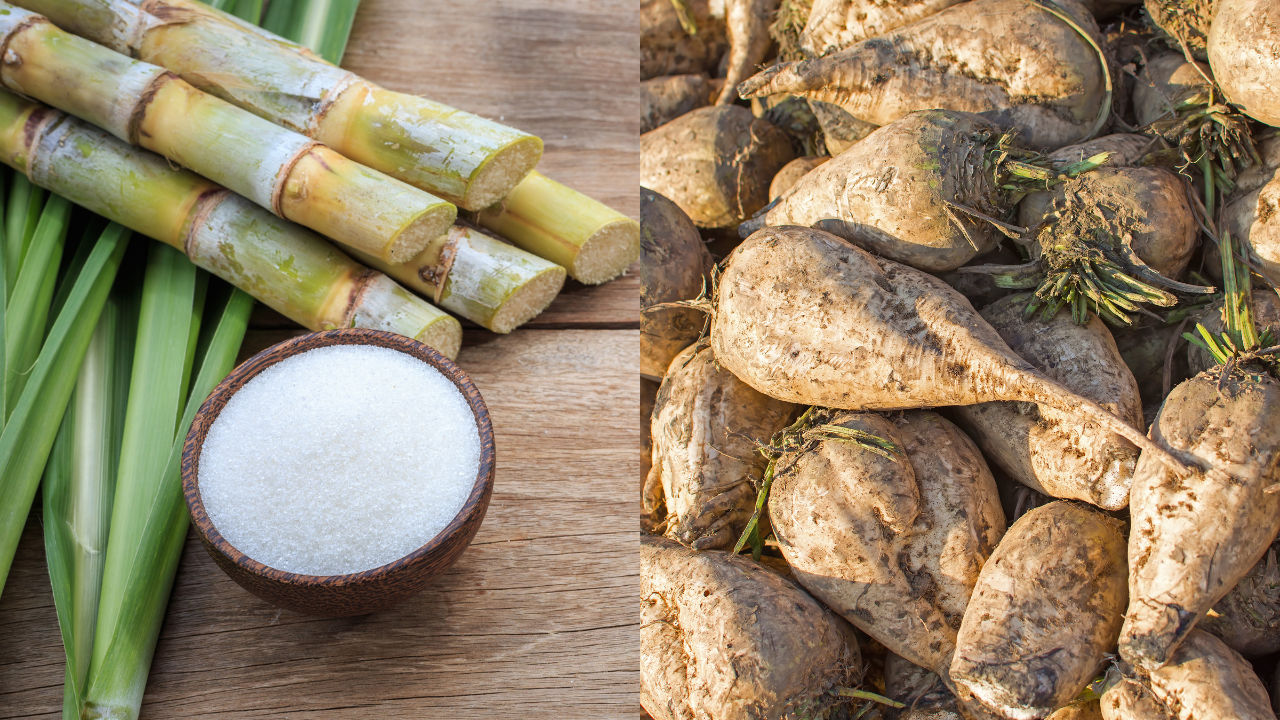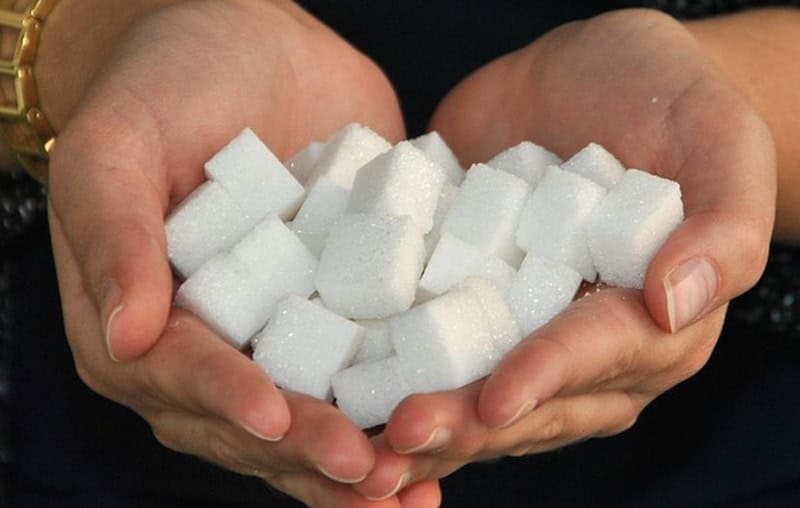Understanding beet sugar vs cane sugar helps buyers make informed choices about their sugar preferences.
Understanding beet sugar vs cane sugar helps buyers make informed choices about their sugar preferences.
Blog Article
Discover the Uses and Benefits of Beet Sugar Vs Cane Sugar in Your Daily Diet Regimen
Checking out the distinctive high qualities of beet and cane sugar exposes greater than simply their sweetening capacities; it highlights their one-of-a-kind effect on health and wellness and cookeries. Beet sugar, understood for its subtle taste, is frequently preferred in fragile treats, whereas cane sugar, with its hint of molasses, adds splendor to durable recipes. Each kind holds its very own nutritional profile and glycemic ramifications, welcoming a much deeper understanding of their roles in a well balanced diet regimen and lasting intake practices.
Beginning and Production Processes of Beet and Cane Sugar

The distinct environments and dirt types needed for growing sugar beetroots and sugarcane add to distinctions in their growing techniques and geographic circulation, influencing the business economics and sustainability of their manufacturing. beet sugar vs cane sugar.
Nutritional Contrast In Between Beet Sugar and Cane Sugar
Despite originating from various plants, beet sugar and cane sugar are nutritionally extremely similar, both largely including sucrose. Each supplies concerning 4 calories per gram, converting to roughly 16 calories per teaspoon. Structurally, both sugars are composed of roughly 99.95% sucrose, with marginal quantities of various other materials like moisture and trace minerals, which do not significantly alter their dietary accounts.

Inevitably, when choosing between beet sugar and cane sugar based on dietary material alone, both deal similar benefits and disadvantages as they are essentially kinds of the same molecule-- sucrose, giving quick power without other nutrients.
Influence On Health And Wellness: Glycemic Index and Caloric Content
Discovering even more into the results of beet sugar and cane sugar on health and wellness, it is important to consider their glycemic index and caloric content. The glycemic index (GI) of both beet and cane sugar is around 65, categorizing them as high-GI foods, which can create quick spikes in blood glucose levels.
Each sort of sugar consists of about 4 calories per gram, making their calorie web content matching. For those keeping their explanation an eye on calorie consumption, particularly when managing weight or metabolic health and wellness conditions, recognizing this equivalence is crucial (beet sugar vs cane sugar). Nevertheless, extreme intake of any high-calorie, high-GI food can add to health concerns such as excessive weight, cardiovascular disease, and insulin resistance.
Environmental and Economic Factors To Consider of Sugar Manufacturing
Beyond health influences, the manufacturing of beet and cane sugar additionally raises significant environmental and economic problems. Sugar beet cultivation tends to need cooler climates and has a lower geographical impact contrasted to sugar cane, which thrives in tropical areas.
In addition, making use of pesticides and fertilizers in both beet and cane sugar growing can result in dirt deterioration and contamination, further affecting biodiversity and regional water bodies (beet sugar vs cane sugar). The option between blog here growing sugar beet or cane frequently hinges on local environmental conditions and economic elements, making the sustainability of sugar manufacturing a complex problem
Culinary Applications and Flavor Distinctions
While the environmental and financial elements of sugar manufacturing are indeed substantial, the option between beet and cane sugar additionally influences cooking applications and taste accounts. Beet sugar, stemmed from the sugar beet plant, is known for its remarkably neutral taste. This makes it a flexible active ingredient in cooking, where it does not change the taste of various other components. It dissolves rapidly and is optimal for use in cakes, cookies, and pastries.
Walking cane sugar, removed from sugarcane, typically maintains molasses traces, which impart a distinct richness and deepness. This small molasses flavor boosts the complexity of baked products, sauces, and marinades. It is particularly favored in items where a sugar undertone is preferred, such as in brownies or gingerbread. Furthermore, the mild variant in wetness web content in between beet and cane sugar can affect the structure and consistency of meals, making cane sugar a recommended selection for specific recipes that gain from its distinct buildings.

Conclusion
In conclusion, both beet and cane sugar have distinctive beginnings and manufacturing procedures, using similar dietary accounts with mild distinctions in sodium web content and flavor. While their effect on wellness, especially relating to glycemic index and calories, is comparable, the selection between them content frequently comes down to environmental, economic variables, and details culinary requirements. Comprehending these aspects can lead consumers in making notified choices that straighten with their health objectives and taste choices.
Report this page